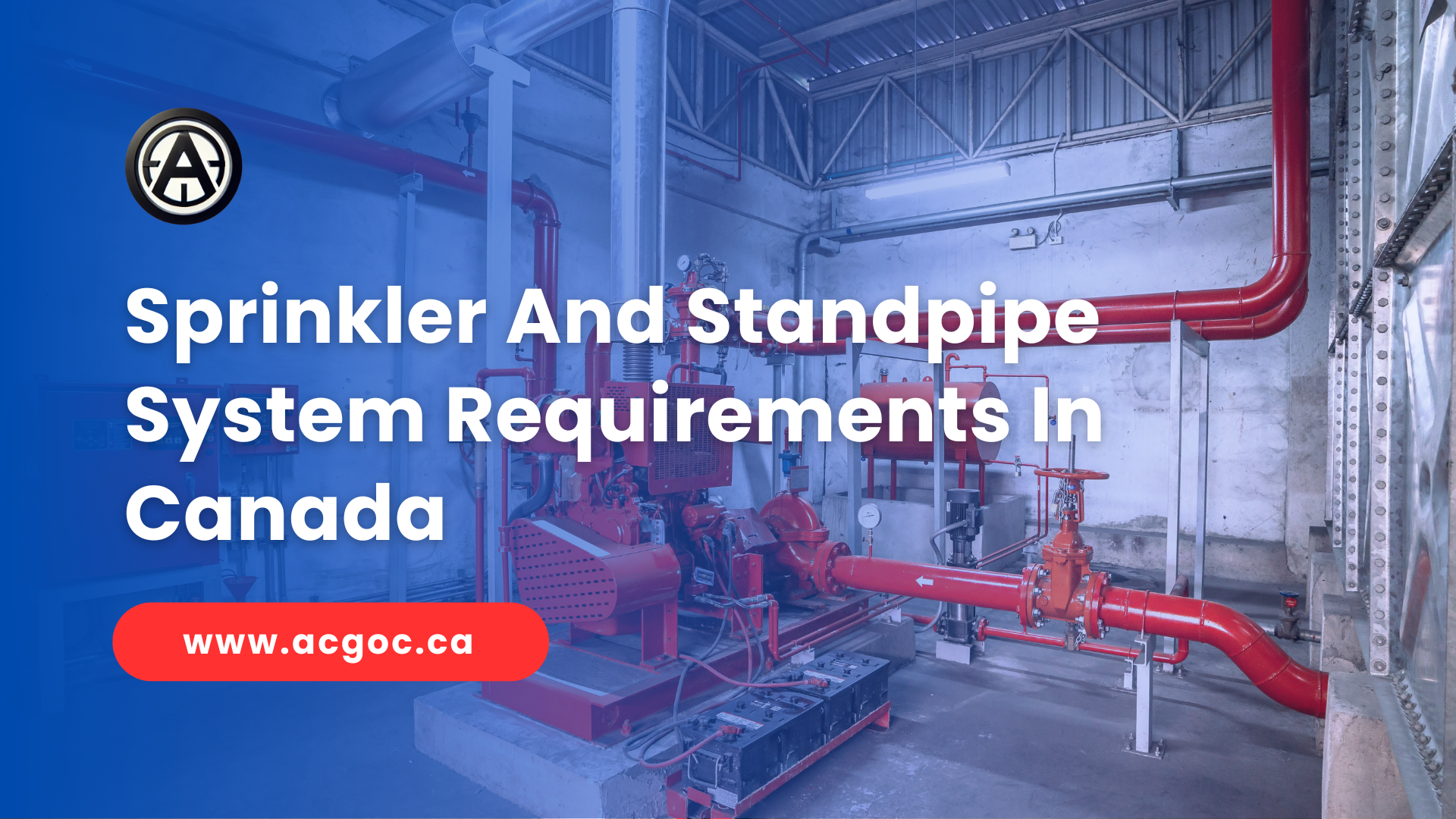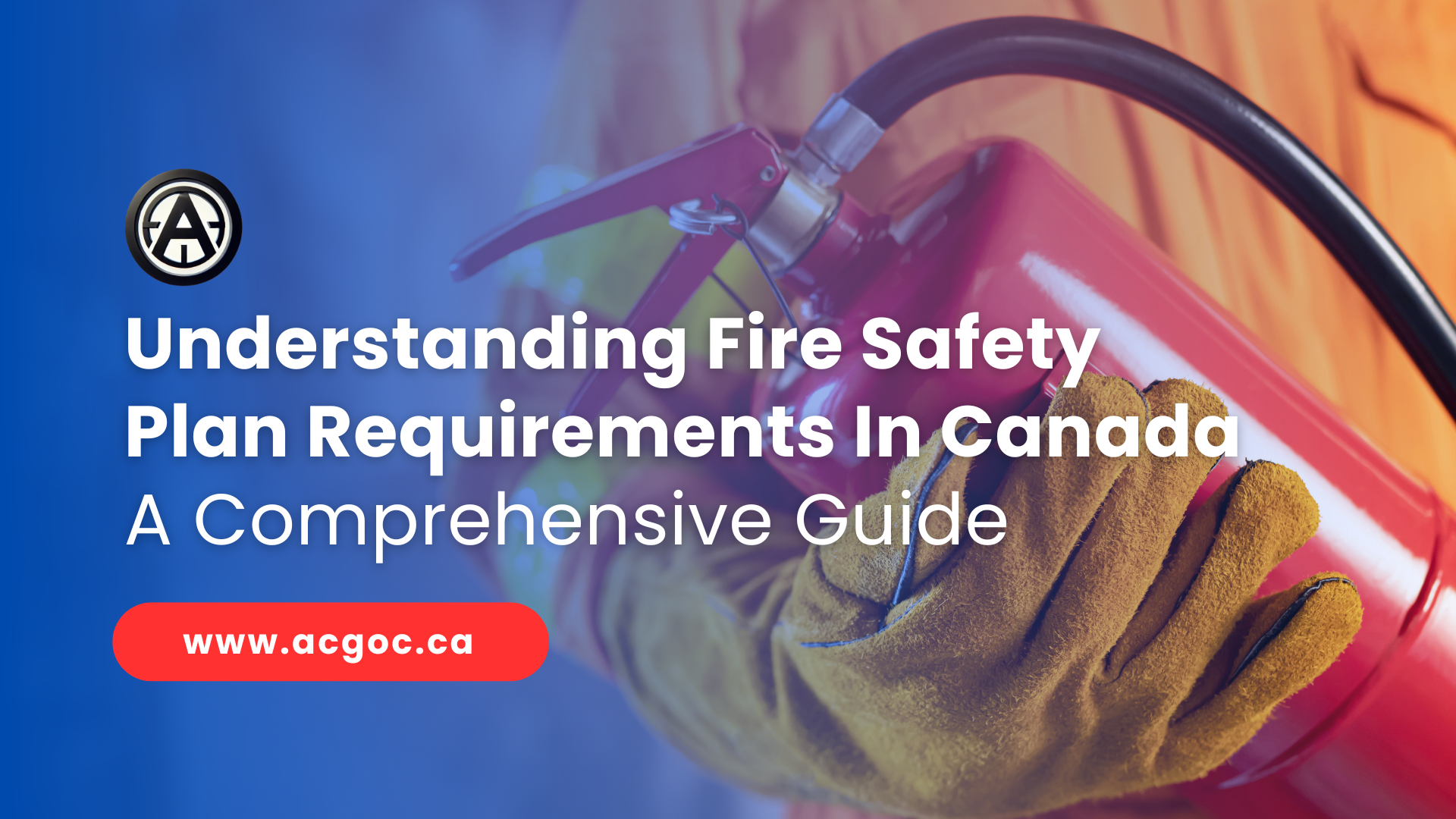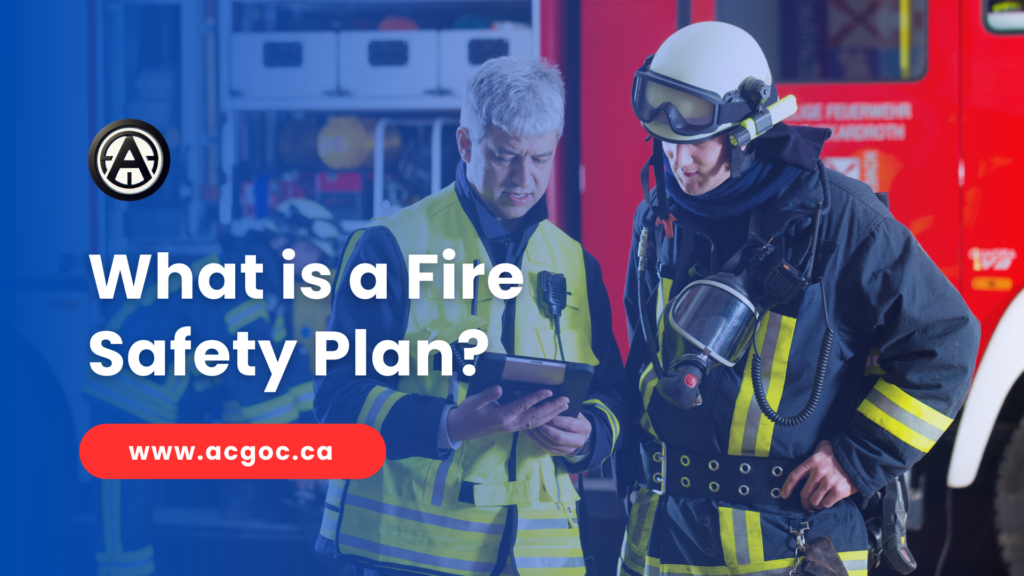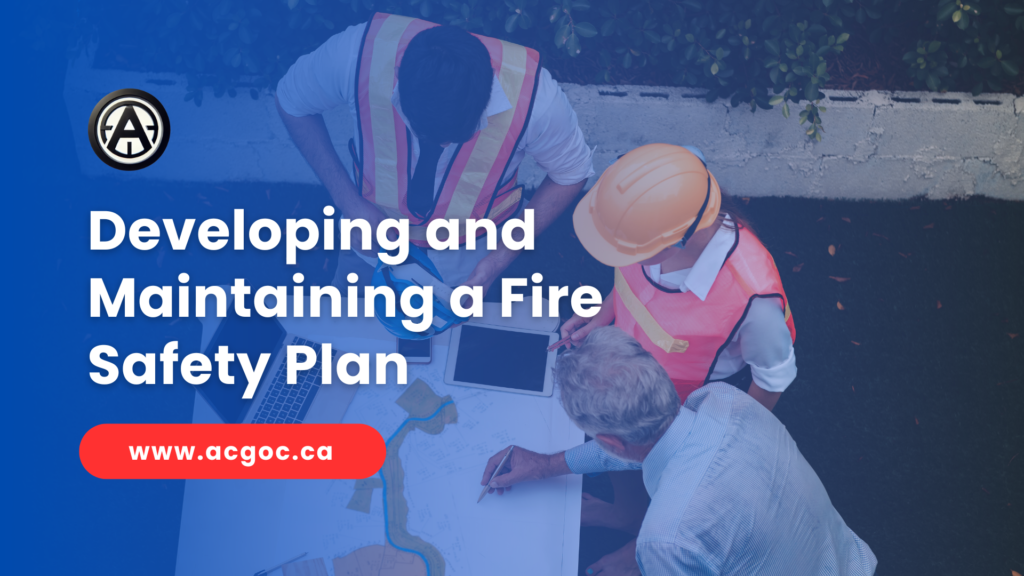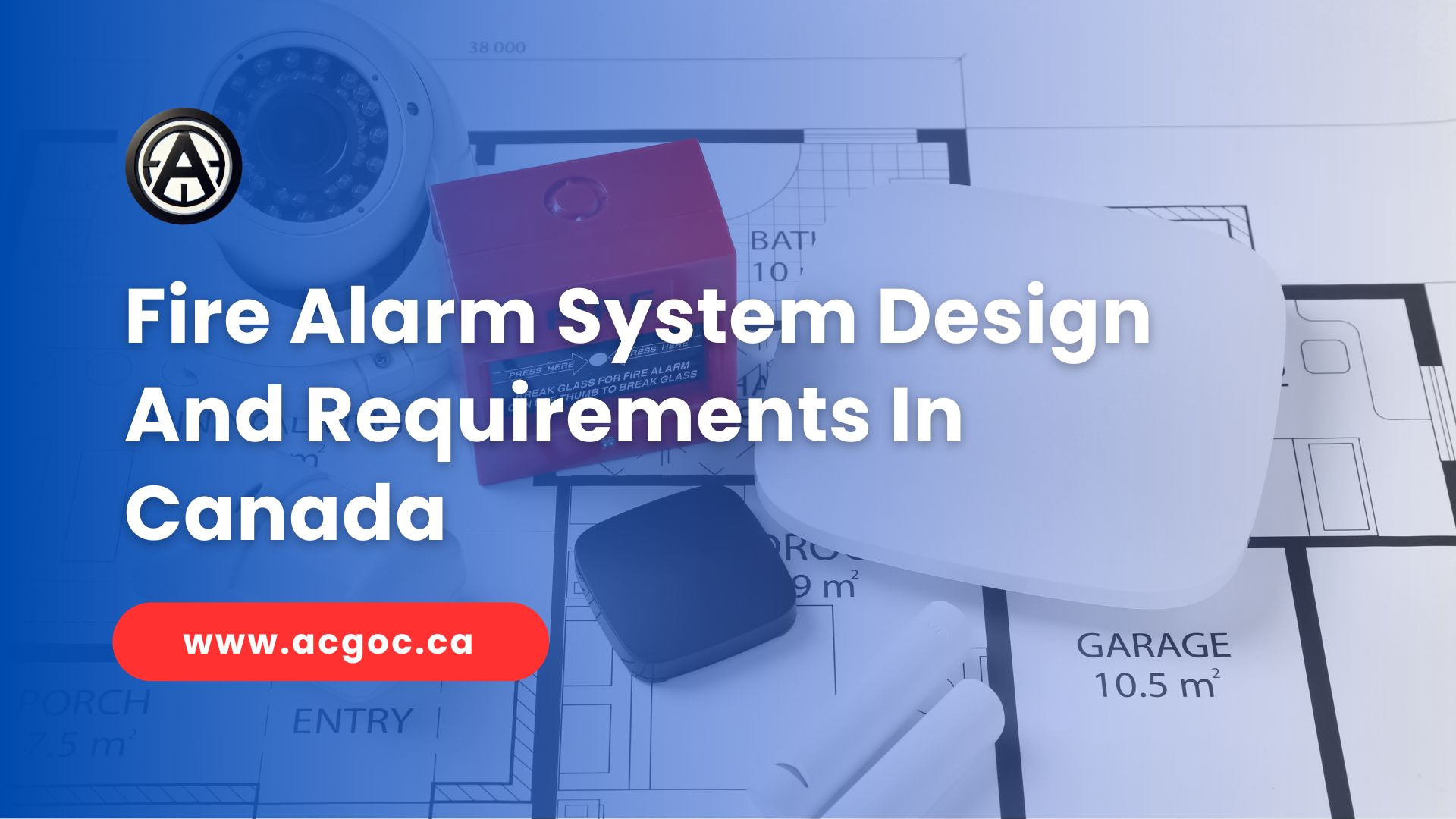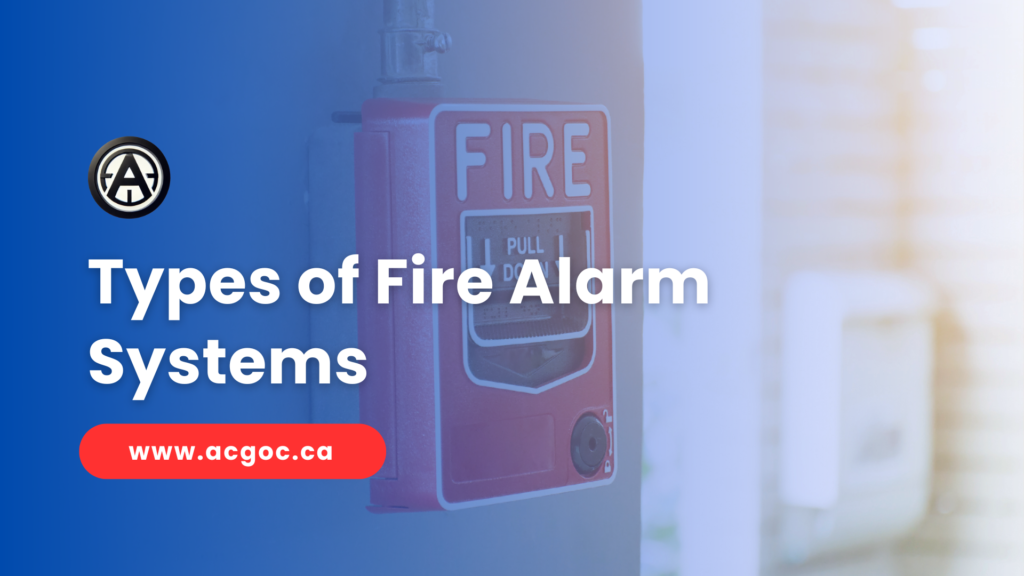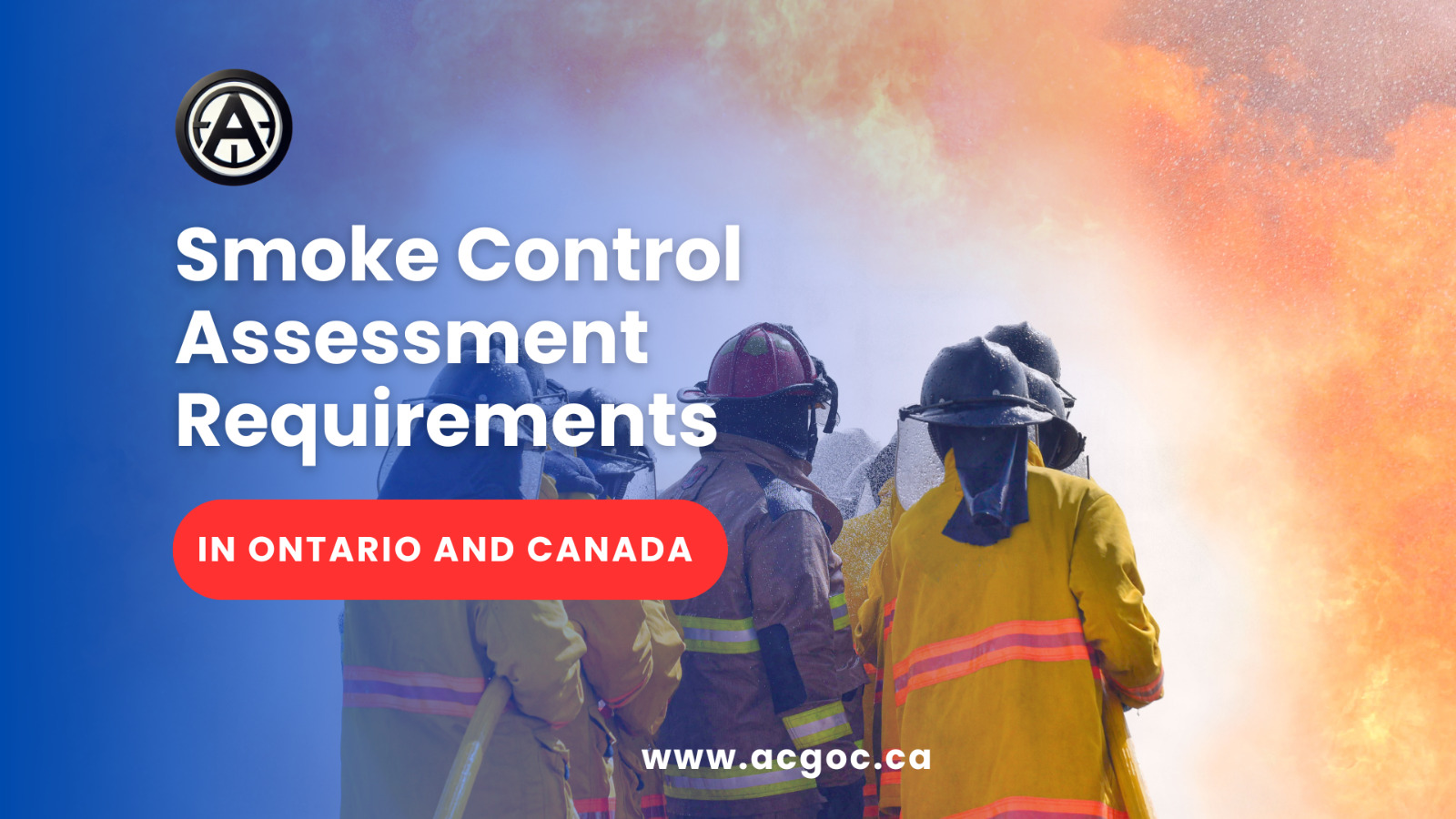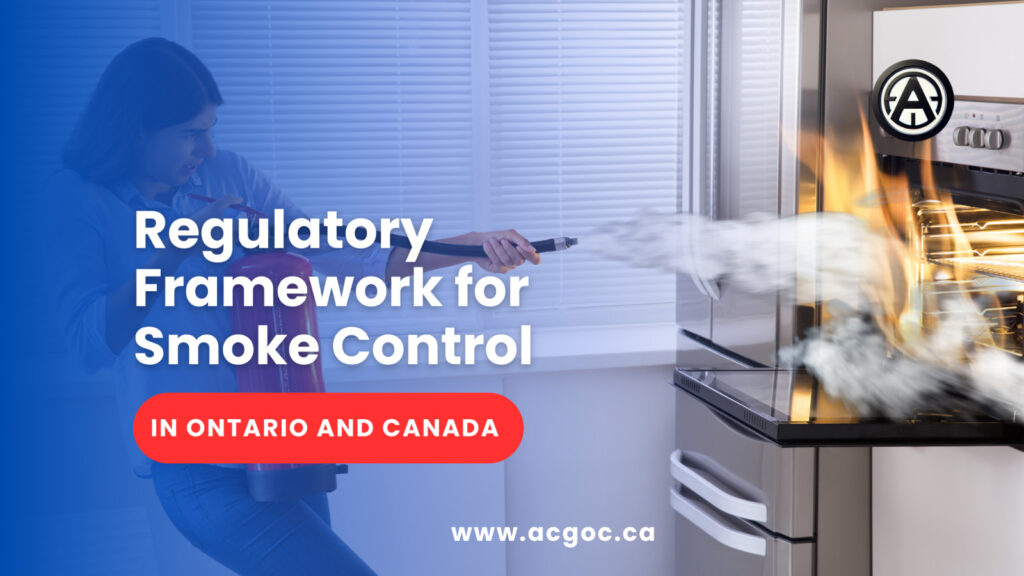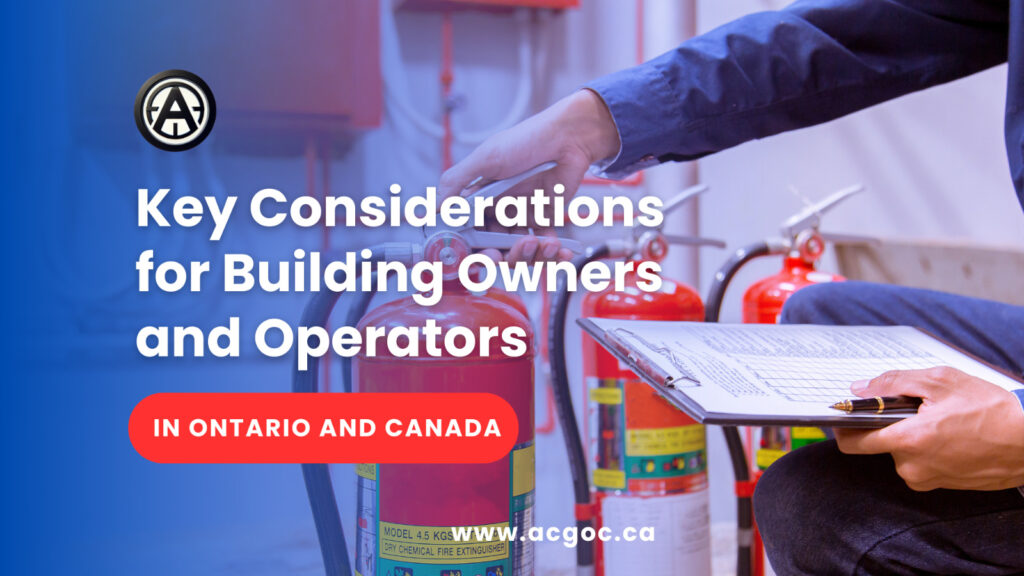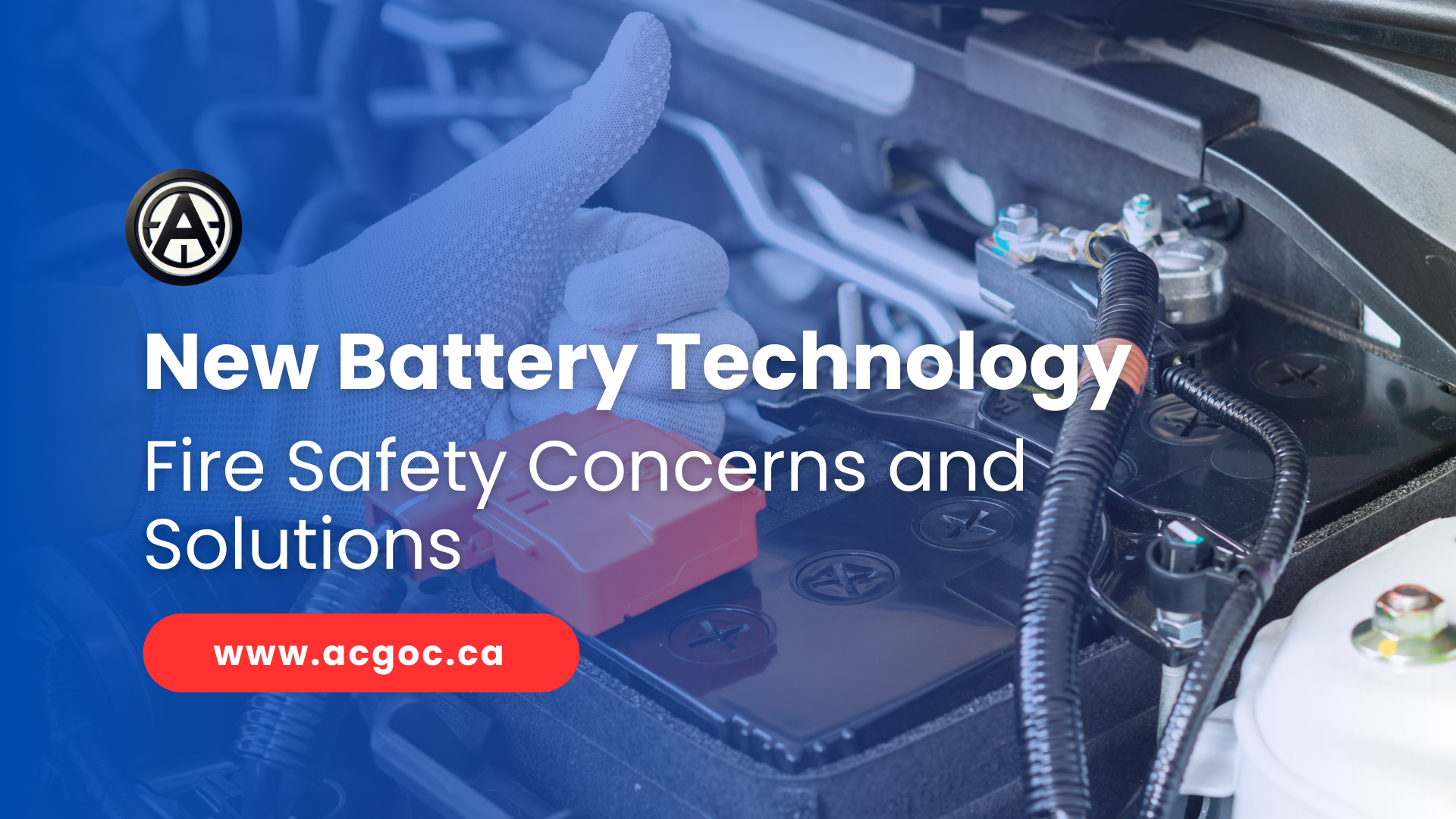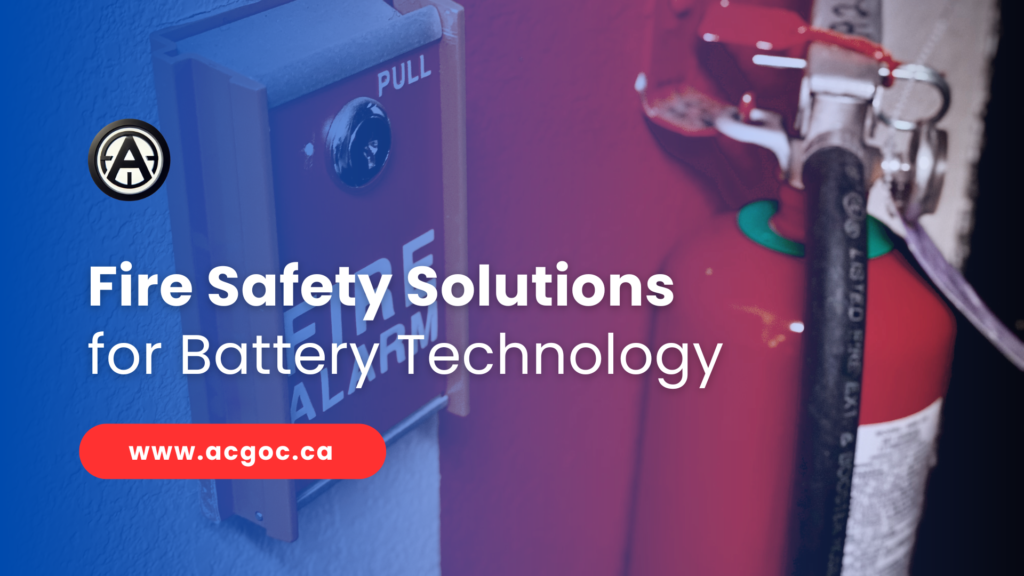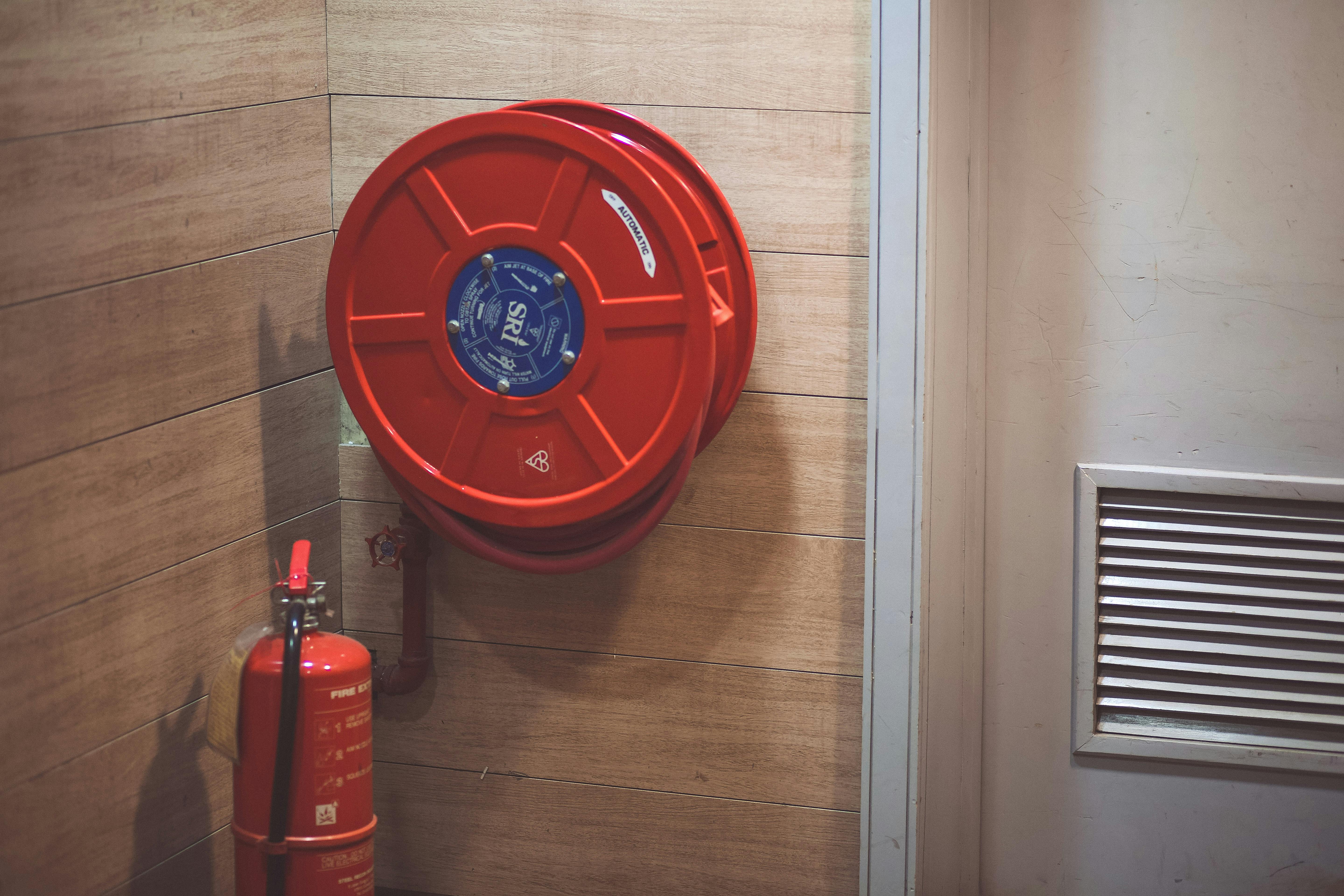Fire protection systems are essential for safeguarding lives and property in buildings across Canada. Among these systems, sprinkler and standpipe installations play a critical role in minimizing fire risks. Canada’s building codes, along with National Fire Protection Association (NFPA) standards, outline specific requirements and guidelines for designing, installing, and maintaining these systems. In this article, we explore the essential requirements for sprinkler and standpipe systems in Canada and how they align with relevant NFPA standards.
Understanding Sprinkler Systems

A sprinkler system is a network of pipes and sprinkler heads installed in buildings to automatically discharge water when a fire is detected. These systems are highly effective in containing and extinguishing fires in their early stages, reducing potential damage and providing critical time for evacuation.
Key Canadian Codes and Standards
In Canada, the National Building Code (NBC) and the National Fire Code (NFC) provide a framework for the use of sprinkler systems in buildings. Sprinkler systems are typically required in high-occupancy buildings, such as hospitals, high-rise residential buildings, hotels, and industrial facilities.
Some of the primary NFPA standards related to sprinkler systems include:
NFPA 13 – Standard for the Installation of Sprinkler Systems: NFPA 13 provides detailed guidelines for designing and installing sprinkler systems in various building types. This standard covers system components, water supply requirements, sprinkler head spacing, and installation methods.
NFPA 13R and 13D: These standards apply to specific types of residential properties. NFPA 13R is geared toward low-rise residential buildings, while NFPA 13D focuses on one- and two-family dwellings. They are less complex than NFPA 13, recognizing the unique requirements of residential environments.
NFPA 25 – Standard for the Inspection, Testing, and Maintenance of Water-Based Fire Protection Systems: This standard ensures that sprinkler systems remain in working order by outlining inspection, testing, and maintenance requirements.
Requirements for Standpipe Systems
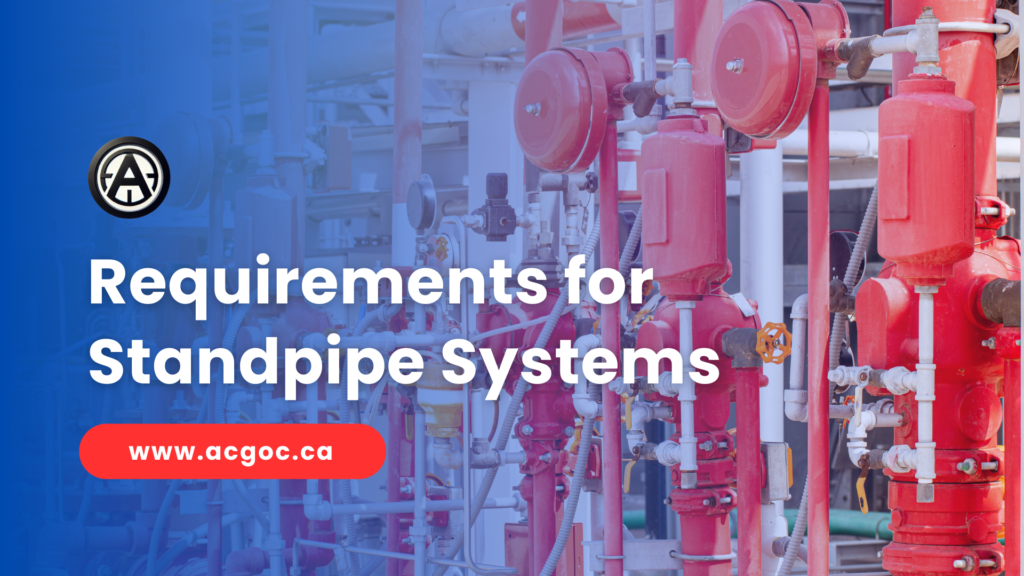
Standpipe systems are another critical component of a building’s fire protection plan. A standpipe system consists of a network of pipes that allows firefighters to connect hoses within a building, enabling quick access to water in various parts of the building. Standpipe systems are essential in high-rise buildings where carrying hoses up multiple flights of stairs is impractical.
Standpipe System Requirements in Canada
The National Building Code and National Fire Code of Canada also outline requirements for standpipe systems. Generally, standpipes are required in buildings that meet specific criteria, such as high-rise structures, certain large industrial facilities, and buildings with complex floor layouts.
NFPA standards associated with standpipe systems include:
NFPA 14 – Standard for the Installation of Standpipe and Hose Systems: NFPA 14 covers design, installation, and maintenance of standpipe systems. The standard addresses the different types of standpipes (Class I, II, and III), water supply needs, pressure requirements, and specific considerations for high-rise buildings.
Integrating Sprinkler and Standpipe Systems
In many buildings, sprinkler and standpipe systems are integrated to provide comprehensive fire protection. This integration is especially common in high-rise buildings, where both systems work in tandem to protect the structure and its occupants. Canadian codes and standards require that integrated systems be designed to deliver adequate water flow and pressure to both sprinklers and standpipes, even in large, complex buildings.
Compliance and Maintenance

Ensuring that sprinkler and standpipe systems remain functional is essential for meeting code requirements and maintaining building safety. Regular inspections, testing, and maintenance are required under NFPA 25 to confirm system readiness. Key maintenance activities include:
Regular Testing: Sprinkler heads and valves must be tested at specified intervals to confirm they function as intended.
Water Flow Testing: Ensuring adequate water pressure and flow rate for both sprinkler and standpipe systems is essential, particularly in high-rise buildings.
Inspection of Standpipe Hose Connections: Standpipe hose connections should be inspected regularly to verify that they are accessible, undamaged, and ready for use.
Challenges and Considerations for Fire Safety Professionals
In Canada, fire safety professionals face unique challenges related to varying building types, environmental conditions, and local authority requirements. In addition to understanding national codes, fire protection engineers and contractors must be aware of provincial and municipal regulations. Working closely with local authorities and staying updated on NFPA standards are essential for achieving compliance.
Conclusion
Sprinkler and standpipe systems are integral to the fire protection framework in Canada. Adhering to NFPA standards, along with Canadian building codes, ensures these systems are effective in mitigating fire hazards. By following best practices in design, installation, and maintenance, fire safety professionals can enhance the resilience of buildings, safeguard occupants, and contribute to the overall safety of Canadian communities.
Whether you’re planning a new building project or seeking to upgrade an existing structure, understanding these requirements is vital. Contact AI Integrated Systems Inc. today to learn more about our fire engineering services, including compliance assessments and fire protection solutions tailored to meet Canadian and NFPA standards.

